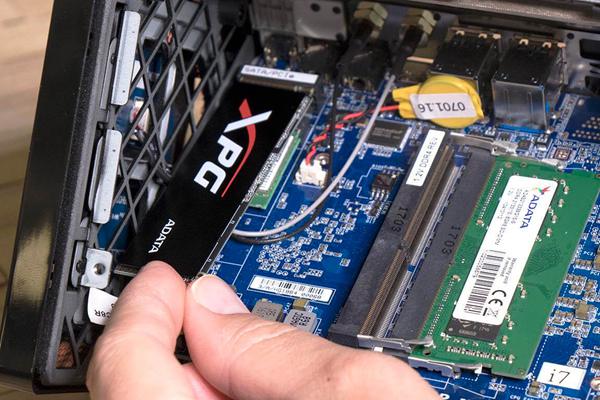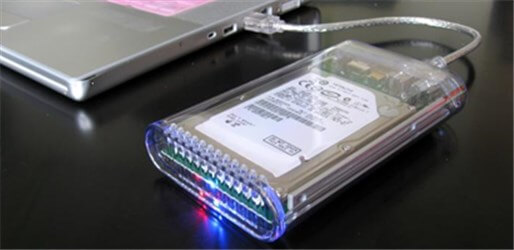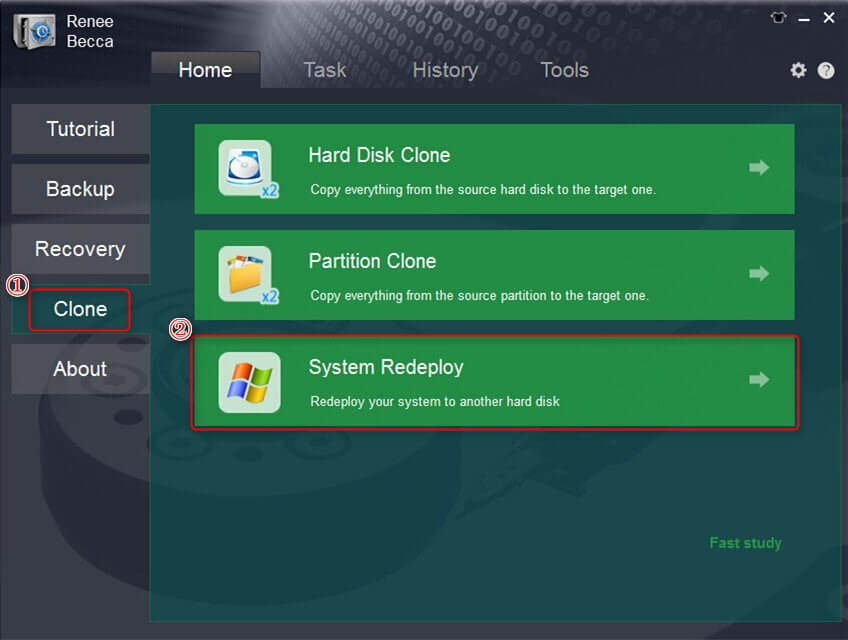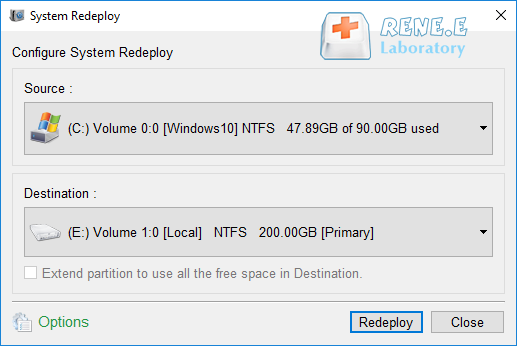How to Fix a Cloned SSD That Won’t Boot Windows 10
- Home
- Support
- Tips Data Backup
- How to Fix a Cloned SSD That Won’t Boot Windows 10
Summary
When upgrading to an SSD by cloning your HDD, you might face issues with the cloned SSD not booting Windows 10. This article provides troubleshooting steps to resolve this issue. Common solutions include checking the SSD's connections and ensuring it's set as the primary boot device in the BIOS. Additionally, using Windows repair tools from the installation media can help fix startup problems.


Relate Links :
Fix: Cloned Hard Drive Won't Boot on Windows
01-03-2024
John Weaver : Struggling with a Windows system that won't boot after migrating or cloning to a new hard drive? Uncover...
How to Clone Large HDD to a Smaller SSD in Windows 10?
20-06-2019
Amanda J. Brook : Some users said that it was very time-consuming to install an new operating system after replacing HDD with...
Mastering Moving C Drive to SSD: A Step-by-Step Guide
30-07-2024
Amanda J. Brook : This article provides a thorough guide for moving your C drive to an SSD, including preparation, using cloning...




Automatic 4K alignment Improves SSD performance during system migration.
Support GPT and MBR Automatically adapt to the suitable partition format.
Support NTFS and FAT32 Redeploy various files in different file systems.
Back up quickly Back up files at up to 3,000MB/min.
Overall backup schedule Support system redeployment/system backup/partition backup/disk backup/disk clone.
Automatic 4K alignment Improve SSD performance
Support GPT and MBR Intelligently adapt to a partition format
Support NTFS and FAT32 Redeploy files in different file systems
Free TrialFree TrialNow 2000 people have downloaded!Relate Links :
Fix: Cloned Hard Drive Won't Boot on Windows
01-03-2024
John Weaver : Struggling with a Windows system that won't boot after migrating or cloning to a new hard drive? Uncover...
How to Clone Large HDD to a Smaller SSD in Windows 10?
20-06-2019
Amanda J. Brook : Some users said that it was very time-consuming to install an new operating system after replacing HDD with...
Mastering Moving C Drive to SSD: A Step-by-Step Guide
30-07-2024
Amanda J. Brook : This article provides a thorough guide for moving your C drive to an SSD, including preparation, using cloning...




